Home>Furniture & Design>Bathroom Accessories>How To Make Non-Slip Paint
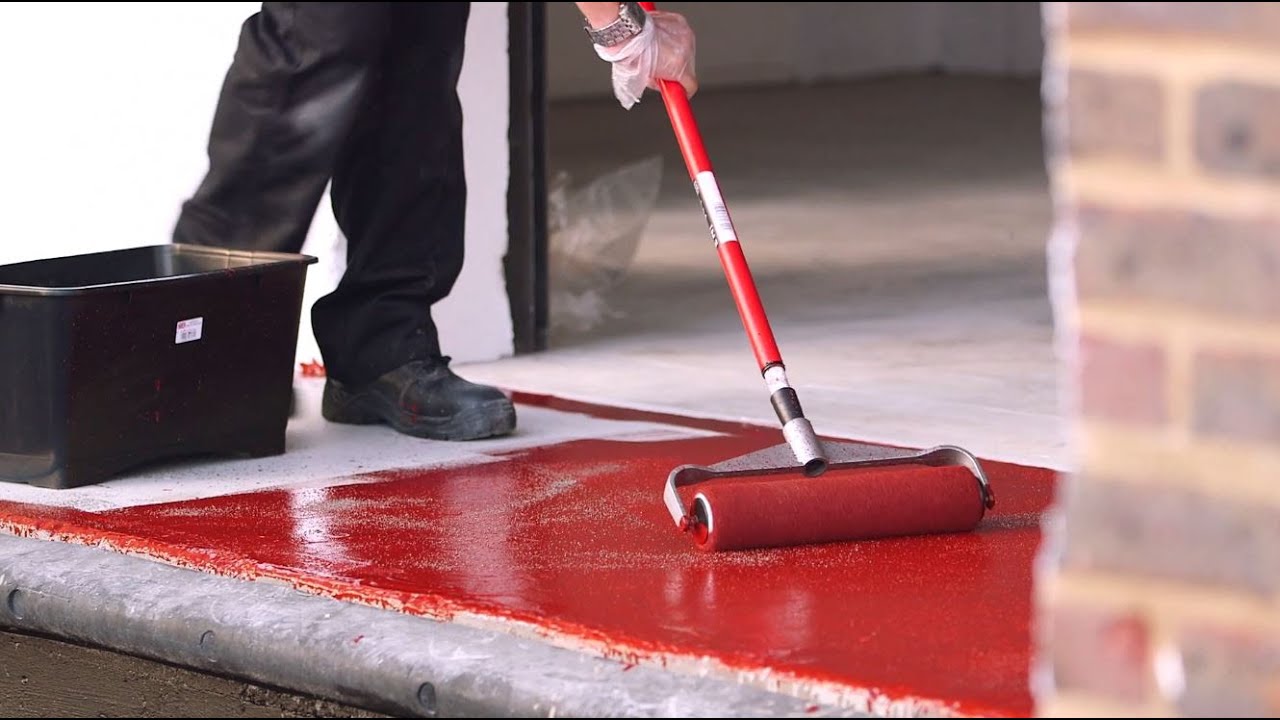

Bathroom Accessories
How To Make Non-Slip Paint
Modified: November 2, 2024
Learn how to make your bathroom safer with non-slip paint. Find out the best techniques and products for applying non-slip paint to bathroom accessories.
(Many of the links in this article redirect to a specific reviewed product. Your purchase of these products through affiliate links helps to generate commission for Storables.com, at no extra cost. Learn more)
Introduction
When it comes to ensuring safety and preventing accidents in areas prone to slips and falls, non-slip paint is a game-changer. Whether it's a bathroom floor, a pool deck, or a garage floor, non-slip paint provides an effective solution to enhance traction and reduce the risk of accidents. This innovative paint is designed to create a textured surface that significantly improves grip, making it ideal for both residential and commercial applications.
Non-slip paint is a versatile and practical option for surfaces that are frequently exposed to moisture, such as bathrooms, kitchens, and outdoor areas. By incorporating specialized additives, non-slip paint transforms ordinary surfaces into safer environments, providing peace of mind for homeowners and business owners alike.
In this comprehensive guide, we will delve into the intricacies of non-slip paint, exploring the process of selecting the right surface, choosing the appropriate non-slip additive, preparing the area for application, and executing the painting process. Additionally, we will discuss the crucial steps for curing and maintaining non-slip paint to ensure its long-term effectiveness.
By the end of this guide, you will have a thorough understanding of the benefits and applications of non-slip paint, empowering you to make informed decisions when it comes to enhancing safety and functionality in various settings. So, let's embark on this enlightening journey into the world of non-slip paint and discover how this innovative solution can revolutionize the safety and usability of your living and working spaces.
Key Takeaways:
- Non-slip paint enhances safety by creating a textured surface for better grip, making it ideal for bathrooms, kitchens, and outdoor areas prone to moisture and slips. It’s versatile, practical, and improves traction.
- Choosing the right surface and non-slip additive, preparing the area, and applying non-slip paint are crucial for creating a durable, slip-resistant surface. Proper curing and maintenance ensure long-term effectiveness and safety.
Read more: What Makes Non-Slip Shoes Non-Slip
Understanding Non-Slip Paint
Non-slip paint, also known as anti-slip paint, is a specialized coating designed to provide enhanced traction and grip on surfaces that are prone to becoming slippery. This innovative paint contains additives that create a textured finish, significantly reducing the risk of slips and falls, especially in areas exposed to moisture. The primary function of non-slip paint is to improve safety and prevent accidents in residential, commercial, and industrial settings.
One of the key features of non-slip paint is its versatility. It can be applied to a wide range of surfaces, including concrete, wood, metal, and even previously painted floors. This adaptability makes non-slip paint a practical solution for various environments, such as bathrooms, kitchens, pool decks, patios, and garage floors. By incorporating non-slip paint, these spaces can be transformed into safer and more functional areas, providing peace of mind for occupants and visitors.
The effectiveness of non-slip paint lies in its ability to create a textured surface that enhances traction. This textured finish is achieved through the inclusion of specialized additives, such as fine particles or aggregates, which are mixed into the paint before application. These additives create a rough surface profile that improves grip, even when the surface is wet or oily. As a result, non-slip paint offers a reliable solution for areas that are frequently exposed to water, condensation, or spills, reducing the likelihood of accidents and injuries.
In addition to its safety benefits, non-slip paint also contributes to the aesthetic appeal of surfaces. With a variety of colors and finishes available, non-slip paint allows for customization while maintaining its practical functionality. This means that homeowners, business owners, and facility managers can enhance the safety of their spaces without compromising on visual appeal.
Overall, non-slip paint is a valuable asset for creating safer, more secure environments. Its ability to improve traction, prevent slips, and withstand environmental factors makes it an essential consideration for anyone looking to enhance safety and functionality in areas prone to becoming slippery. By understanding the unique properties and benefits of non-slip paint, individuals and organizations can make informed decisions when it comes to safeguarding their living and working spaces.
Choosing the Right Surface for Non-Slip Paint
Selecting the appropriate surface for non-slip paint is a critical step in ensuring the effectiveness and longevity of the application. The ideal surface for non-slip paint should be clean, dry, and structurally sound to facilitate proper adhesion and long-term performance. Here's a detailed exploration of the factors to consider when choosing the right surface for non-slip paint:
Surface Material:
The first consideration when choosing a surface for non-slip paint is the material of the substrate. Non-slip paint can be applied to a variety of materials, including concrete, wood, metal, and previously painted surfaces. Each material may require specific preparation and application techniques to optimize the adhesion and non-slip properties of the paint.
Porosity and Texture:
The porosity and texture of the surface play a crucial role in determining the effectiveness of non-slip paint. Porous surfaces, such as concrete, may require additional preparation to ensure proper penetration and adhesion of the paint. Similarly, the texture of the surface can impact the level of traction provided by the non-slip paint, making it essential to assess the surface's smoothness or roughness before application.
Read more: How To Make Socks Non-Slip
Environmental Exposure:
Consider the environmental conditions to which the surface is exposed. Areas subject to moisture, such as bathrooms, kitchens, and outdoor spaces, are prime candidates for non-slip paint. Surfaces that are frequently wet or oily benefit greatly from the enhanced traction provided by non-slip paint, reducing the risk of slips and falls.
Structural Integrity:
The structural integrity of the surface is paramount. Any cracks, unevenness, or damage should be addressed before applying non-slip paint to ensure a smooth and durable finish. Proper surface preparation, including repairs and leveling, is essential to maximize the performance and longevity of the non-slip paint application.
Previous Coatings:
If the surface has been previously coated, it's important to assess the condition of the existing coating. Proper adhesion of non-slip paint may require the removal of old, flaking, or incompatible coatings to create a suitable base for the new application. Surface preparation is key to achieving a seamless and long-lasting non-slip finish.
By carefully evaluating these factors, individuals and professionals can make informed decisions when selecting the right surface for non-slip paint. This thoughtful approach ensures that non-slip paint is applied to surfaces that are conducive to its non-slip properties, resulting in enhanced safety and durability for the intended environment.
Selecting the Right Non-Slip Additive
Selecting the right non-slip additive is a crucial aspect of achieving the desired level of traction and safety when using non-slip paint. Non-slip additives, also known as anti-slip aggregates, are specialized materials that are mixed into the paint to create a textured surface, enhancing grip and reducing the risk of slips and falls. With a variety of additives available, it's essential to consider the specific requirements of the environment and the desired level of slip resistance when choosing the most suitable non-slip additive.
Read more: How To Make Slippers Non-Slip
Particle Size and Composition
One of the primary considerations when selecting a non-slip additive is the particle size and composition. Non-slip additives are available in various particle sizes, ranging from fine to coarse, each offering different levels of traction. Finer particles create a smoother textured finish, suitable for areas where a subtle non-slip surface is required, such as indoor spaces. On the other hand, coarser particles provide a more aggressive texture, ideal for outdoor areas or high-traffic zones where enhanced grip is essential.
In addition to particle size, the composition of the non-slip additive is a critical factor. Common materials used as non-slip aggregates include silica sand, aluminum oxide, and polymer beads. Silica sand is a cost-effective option that offers good slip resistance, particularly for pedestrian traffic. Aluminum oxide, known for its durability and hardness, provides excellent slip resistance and is suitable for heavy-duty applications. Polymer beads, on the other hand, offer a softer texture and are often used for decorative non-slip finishes.
Environmental Considerations
The environmental conditions to which the painted surface will be exposed play a significant role in determining the appropriate non-slip additive. For areas prone to moisture, such as bathrooms, pool decks, or outdoor walkways, non-slip additives that maintain their effectiveness in wet conditions are essential. Aluminum oxide, for instance, is highly resistant to moisture and is well-suited for outdoor applications where exposure to rain or water is a concern.
Furthermore, the potential for chemical exposure should be taken into account when selecting a non-slip additive. In industrial or commercial settings where the painted surface may come into contact with chemicals or oils, choosing a non-slip additive with chemical resistance is paramount to ensure long-term performance and safety.
Compatibility with Paint
When choosing a non-slip additive, it's crucial to ensure compatibility with the selected paint. Different types of non-slip additives may require specific application techniques or considerations to achieve optimal adhesion and uniform distribution within the paint. Additionally, the chosen non-slip additive should not compromise the overall aesthetic or durability of the paint, maintaining its visual appeal and protective properties.
By carefully evaluating the particle size, composition, environmental considerations, and compatibility with the paint, individuals and professionals can select the right non-slip additive to meet the specific safety and performance requirements of the intended application. This thoughtful selection process ensures that non-slip paint, when combined with the appropriate additive, delivers reliable slip resistance and durability, contributing to safer and more secure environments.
Preparing the Surface for Non-Slip Paint
Proper surface preparation is a critical precursor to the successful application of non-slip paint. The meticulous process of preparing the surface ensures optimal adhesion, longevity, and performance of the non-slip coating. Here's a detailed exploration of the essential steps involved in preparing the surface for non-slip paint:
Read more: How To Make Stairs Non-Slip
Surface Inspection and Cleaning
The first step in preparing the surface is to conduct a thorough inspection to identify any existing coatings, contaminants, or structural issues that may affect the adhesion of the non-slip paint. Any previous coatings that are loose, flaking, or incompatible should be removed to create a clean and uniform substrate for the new application. Additionally, the surface should be free from dirt, grease, oil, and other contaminants that could compromise the bond between the paint and the substrate. A comprehensive cleaning process, which may involve pressure washing, degreasing, or chemical cleaning, is essential to ensure a pristine surface for the non-slip paint.
Surface Repair and Leveling
Addressing any surface imperfections, such as cracks, spalling, or unevenness, is crucial to achieve a smooth and durable non-slip finish. Depending on the nature of the substrate, repairs may involve patching, filling, or leveling the surface to eliminate any irregularities that could detract from the performance and aesthetics of the non-slip paint. Proper surface repair not only enhances the visual appeal of the painted surface but also contributes to the long-term integrity of the non-slip coating.
Etching or Abrading
For surfaces such as concrete, which may have a smooth or sealed finish, etching or abrading is often necessary to promote adhesion and allow the non-slip paint to penetrate the substrate effectively. This process involves using mechanical or chemical methods to create a textured surface, enhancing the mechanical bond between the paint and the substrate. By roughening the surface, etching or abrading facilitates the proper adhesion of the non-slip paint, ensuring a robust and enduring bond.
Priming the Surface
In some cases, especially when dealing with porous or absorbent substrates, applying a primer before the non-slip paint is essential to promote adhesion and prevent uneven absorption of the paint. The primer acts as a bonding agent, enhancing the adhesion of the non-slip paint while also providing a uniform base for the application. Proper selection and application of the primer contribute to the overall effectiveness and longevity of the non-slip coating.
By meticulously following these preparatory steps, individuals and professionals can ensure that the surface is primed for the successful application of non-slip paint. This comprehensive preparation process sets the stage for a durable, high-performance non-slip coating that enhances safety and functionality in various environments.
Read more: How To Make Headbands Non-Slip
Applying Non-Slip Paint
Once the surface is meticulously prepared, the application of non-slip paint is the pivotal step in transforming the substrate into a safer and more secure area. The process of applying non-slip paint requires precision, attention to detail, and adherence to best practices to ensure optimal performance and longevity of the coating.
The application of non-slip paint typically begins with the selection of the appropriate tools and equipment. High-quality brushes, rollers, or sprayers may be used, depending on the size and intricacy of the surface. It is essential to choose tools that facilitate even application and uniform distribution of the non-slip paint, ensuring consistent coverage and texture across the entire area.
Before applying the non-slip paint, it is crucial to thoroughly mix the paint and non-slip additive according to the manufacturer's instructions. Proper mixing ensures that the non-slip additive is uniformly distributed within the paint, maximizing its effectiveness in creating a textured, slip-resistant surface.
When applying the non-slip paint, it is important to work methodically, starting from the farthest point of the area and progressing towards the exit to avoid stepping on freshly painted surfaces. The paint should be applied evenly, with attention to achieving the desired texture and thickness to optimize slip resistance. Multiple coats may be necessary to achieve the desired level of non-slip properties, and each coat should be allowed to dry according to the manufacturer's recommendations before applying the next.
In areas where intricate details or edges require precision, such as around fixtures or in tight spaces, careful application techniques are essential to ensure thorough coverage and consistent texture. Additionally, maintaining a consistent application rate and technique throughout the entire surface is crucial to achieving a uniform non-slip finish.
After the non-slip paint has been applied, it is important to allow sufficient time for drying and curing as per the manufacturer's guidelines. Proper curing is essential to ensure the durability and effectiveness of the non-slip coating, allowing it to withstand foot traffic, moisture, and other environmental factors.
By following these meticulous steps and best practices, the application of non-slip paint can effectively transform surfaces into safer, more secure environments, providing reliable slip resistance and enhancing the overall safety and functionality of residential, commercial, and industrial spaces.
Curing and Maintaining Non-Slip Paint
Proper curing and ongoing maintenance are essential for ensuring the long-term effectiveness and durability of non-slip paint. The curing process allows the paint to fully bond with the substrate, resulting in a robust and resilient non-slip surface that can withstand daily use and environmental exposure. Additionally, regular maintenance helps preserve the non-slip properties and visual appeal of the painted surface, prolonging its lifespan and safety benefits.
Curing Process
After the application of non-slip paint, allowing sufficient time for curing is crucial to achieve optimal performance. The curing time varies depending on factors such as ambient temperature, humidity, and the specific type of paint used. It is imperative to adhere to the manufacturer's recommendations regarding curing time to ensure that the paint fully sets and achieves its maximum durability and non-slip properties.
During the curing period, it is essential to prevent foot traffic, heavy objects, or exposure to moisture on the freshly painted surface. This allows the paint to harden and bond with the substrate without interference, ensuring a strong and resilient non-slip finish. Proper curing sets the foundation for the long-term effectiveness of the non-slip paint, providing enduring slip resistance and safety benefits.
Maintenance Practices
To preserve the non-slip properties and visual appeal of the painted surface, regular maintenance is paramount. Routine cleaning using mild detergents and non-abrasive methods helps remove dirt, grime, and contaminants that can compromise the non-slip texture and appearance of the paint. For outdoor surfaces, pressure washing can be employed to maintain cleanliness and slip resistance.
In high-traffic areas, periodic inspections should be conducted to identify any signs of wear, damage, or loss of non-slip texture. Prompt touch-ups or recoating in these areas can help maintain the effectiveness of the non-slip paint and prevent safety hazards. Additionally, addressing any spills or stains promptly can prevent the accumulation of slippery substances on the surface.
Furthermore, maintaining the surrounding environment, such as ensuring proper drainage to prevent standing water or addressing leaks that could compromise the non-slip surface, contributes to the longevity and effectiveness of the paint. By implementing proactive maintenance practices, individuals and facility managers can uphold the safety and functionality of non-slip painted surfaces, providing peace of mind for occupants and visitors.
In summary, the curing and maintenance of non-slip paint are integral to preserving its slip resistance and visual appeal over time. By allowing for proper curing and implementing regular maintenance practices, non-slip painted surfaces can continue to deliver enhanced safety and durability, making them a reliable solution for preventing slips and falls in various settings.
Frequently Asked Questions about How To Make Non-Slip Paint
Was this page helpful?
At Storables.com, we guarantee accurate and reliable information. Our content, validated by Expert Board Contributors, is crafted following stringent Editorial Policies. We're committed to providing you with well-researched, expert-backed insights for all your informational needs.
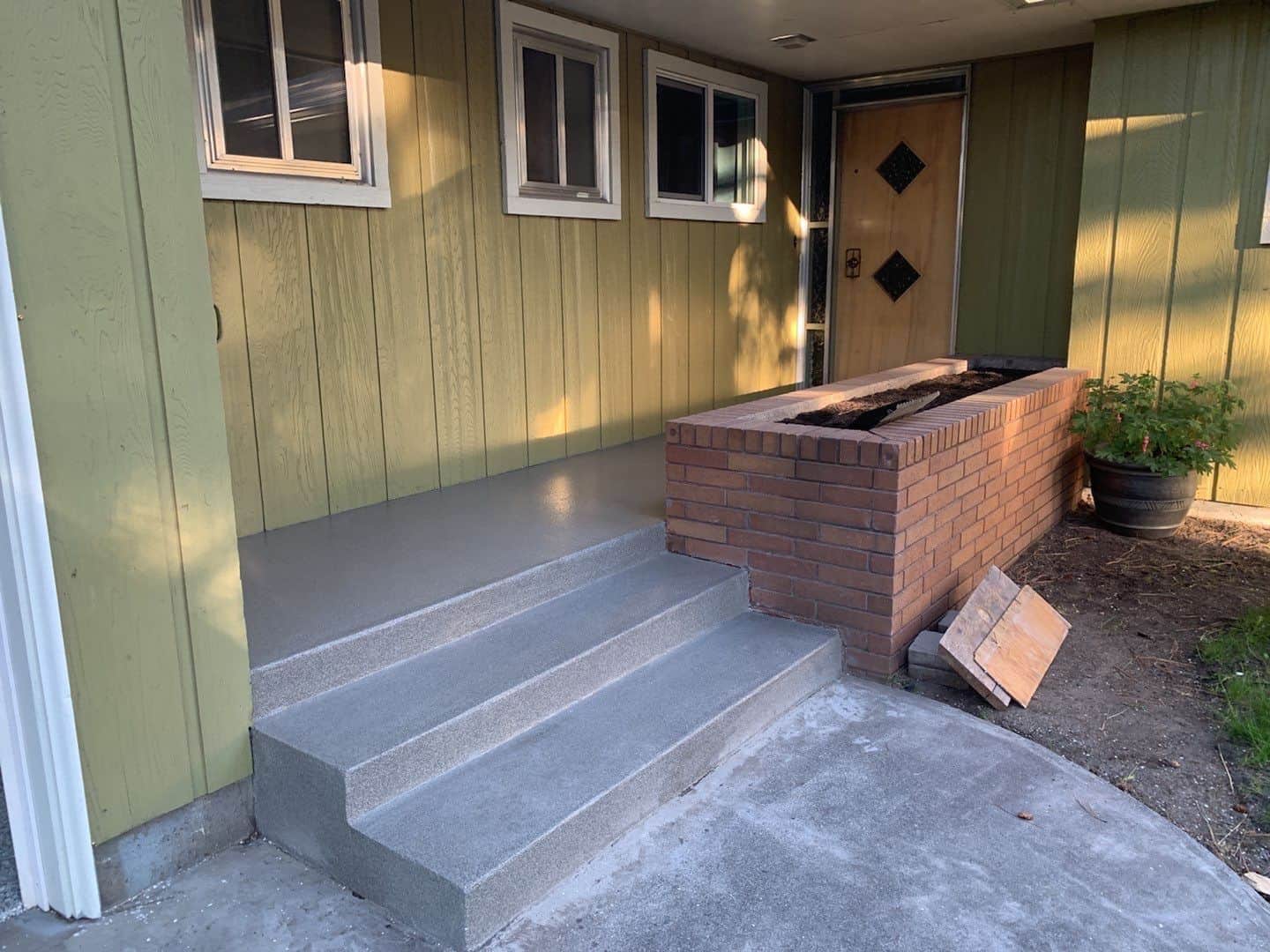


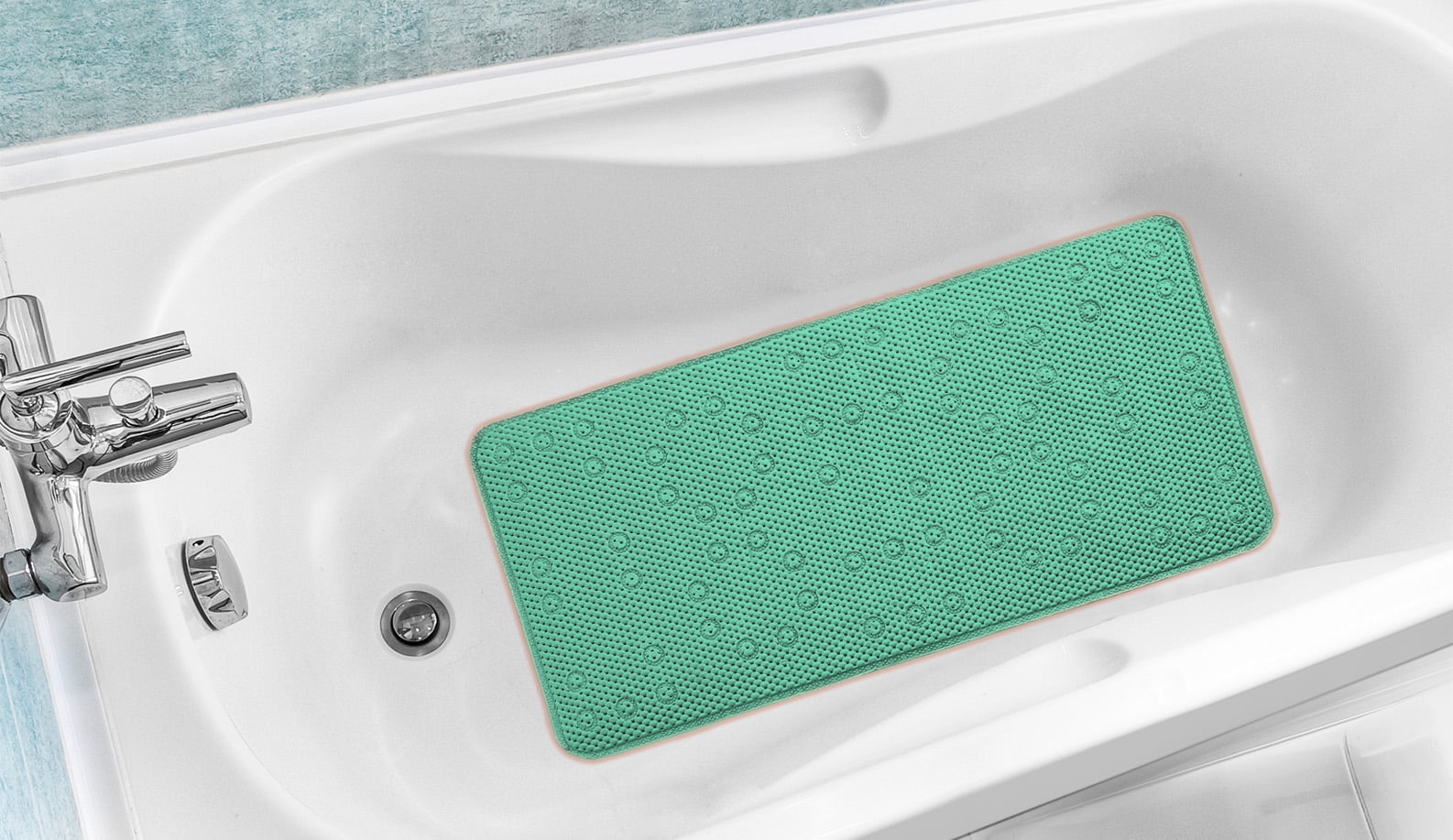
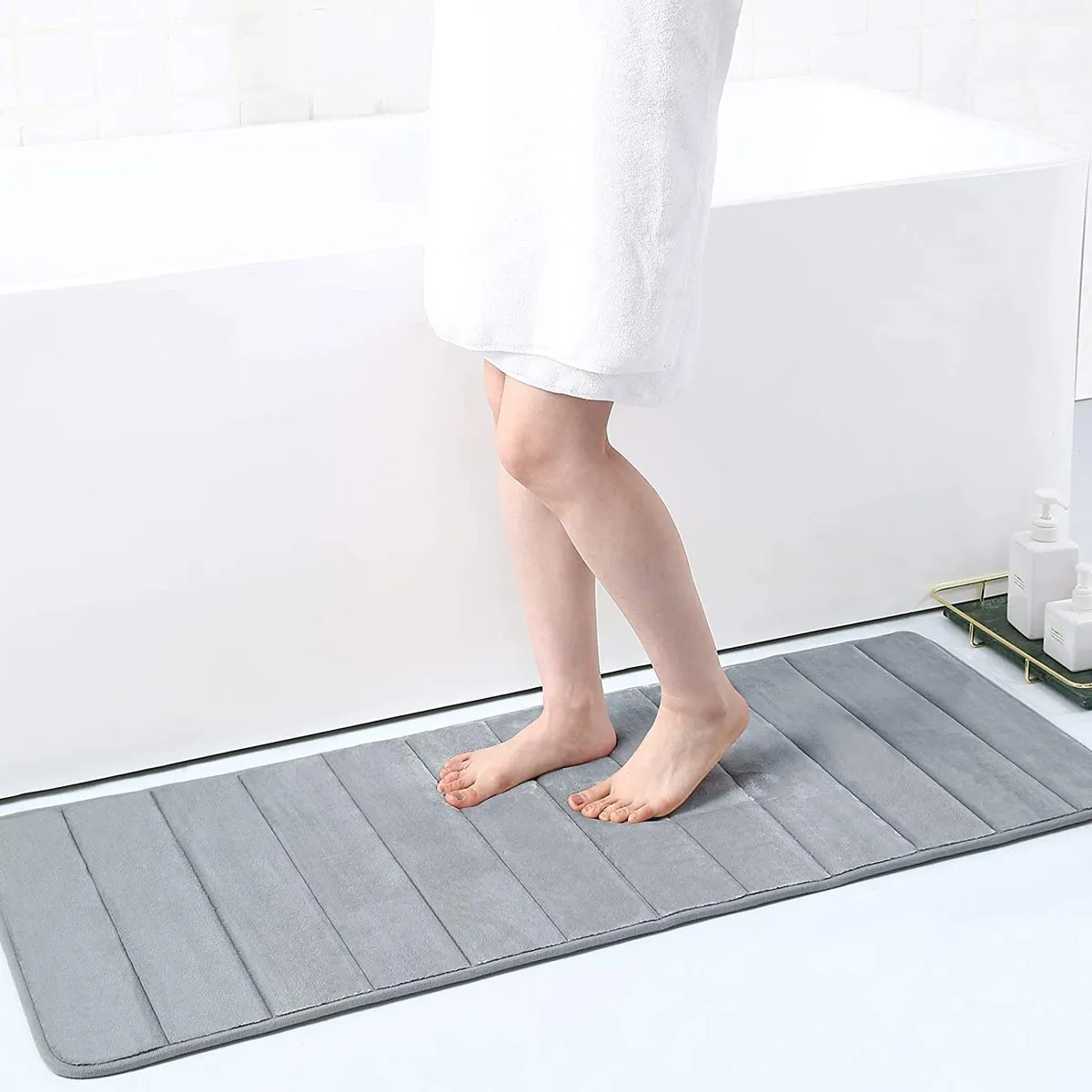

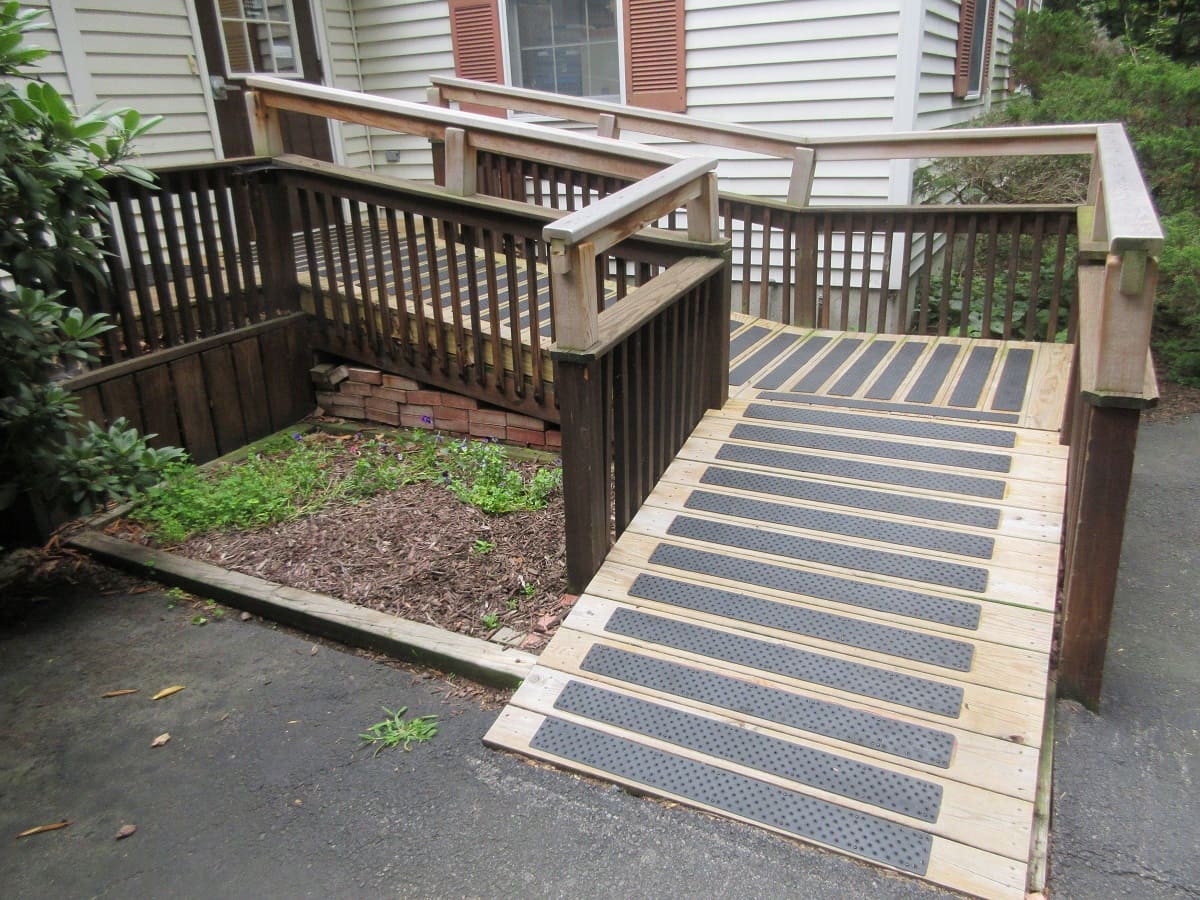
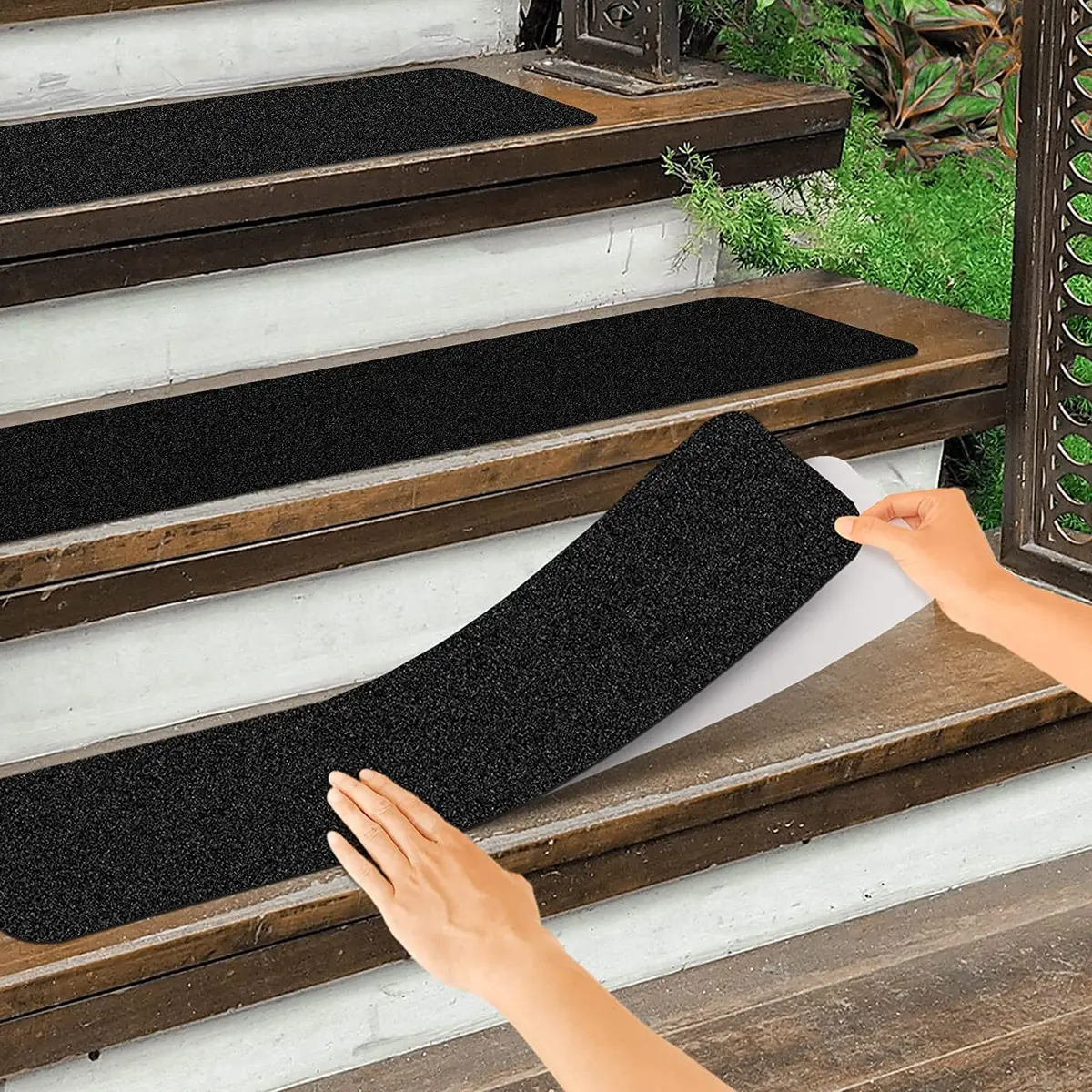
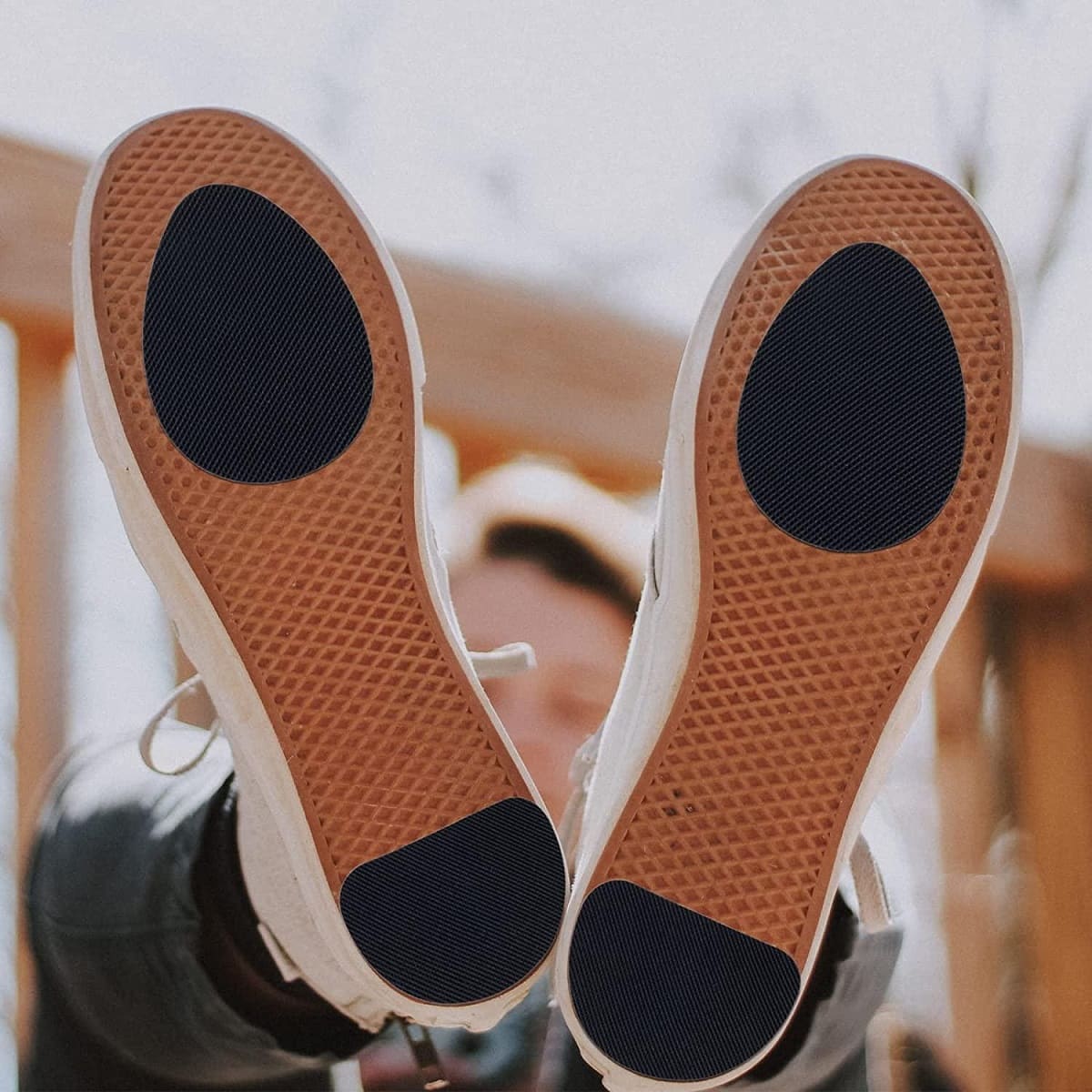
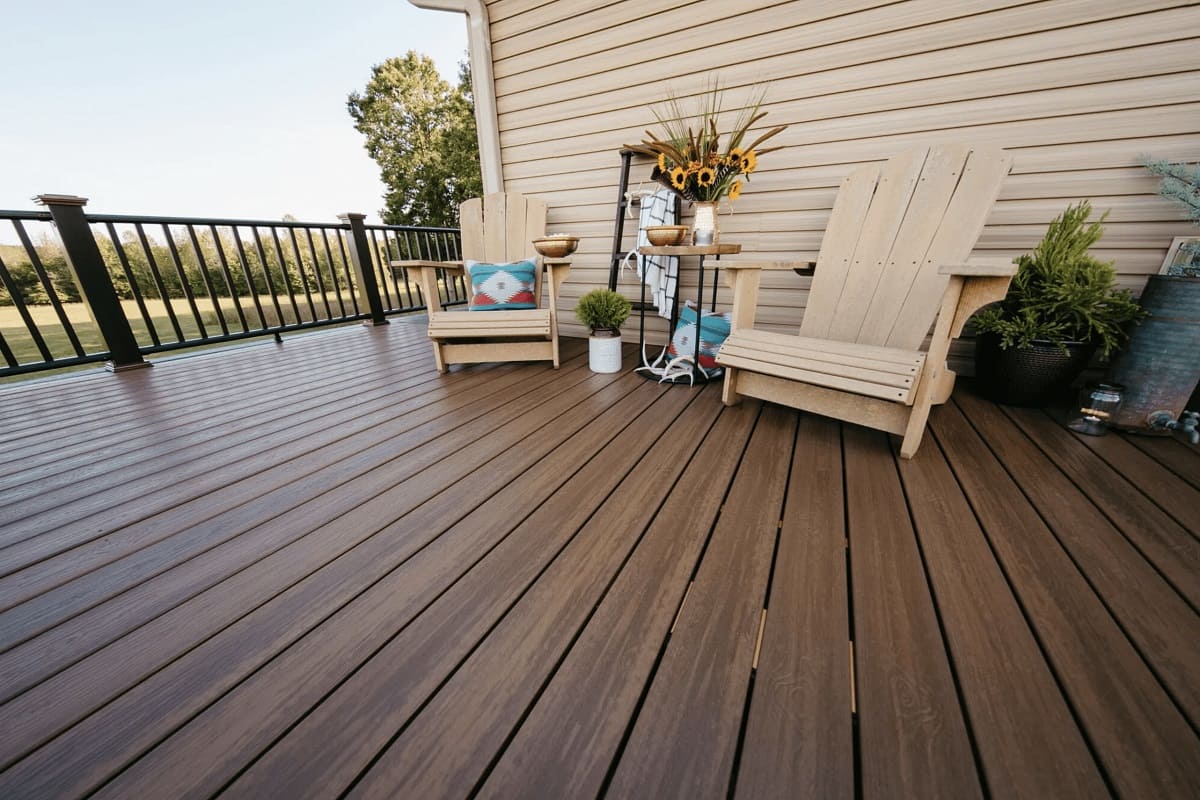
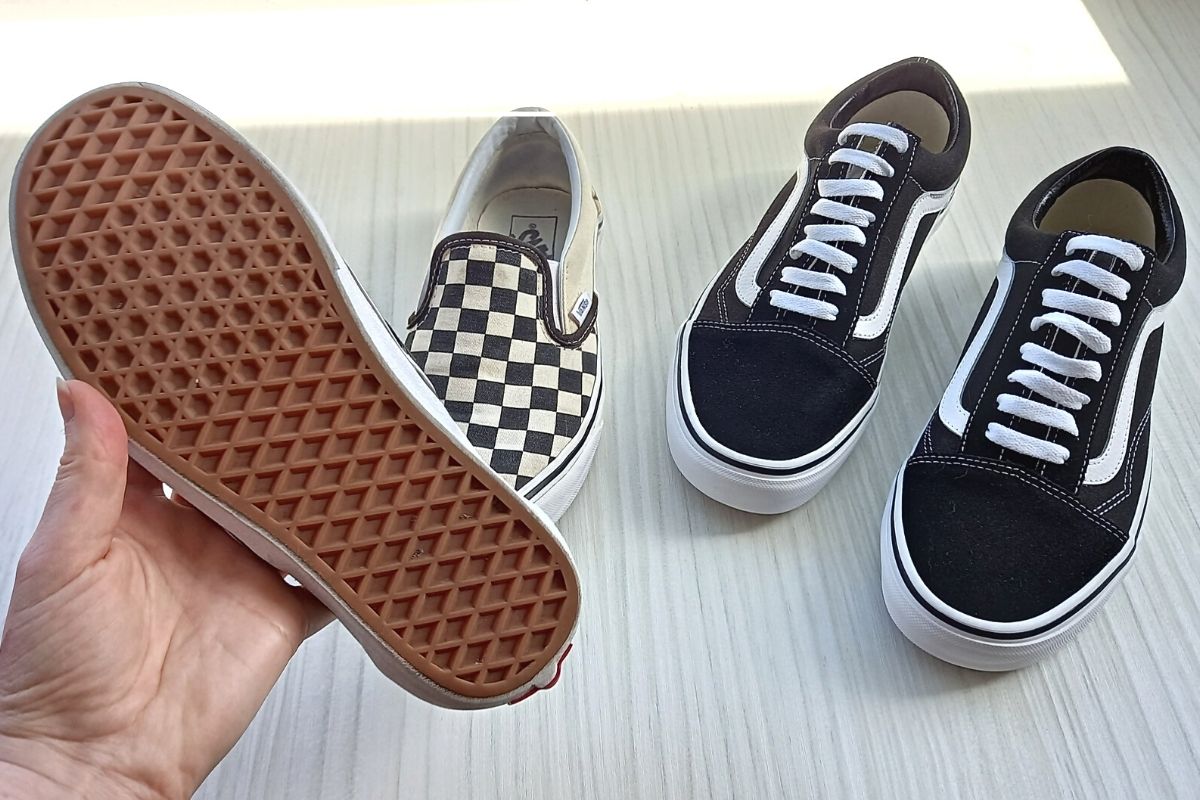

0 thoughts on “How To Make Non-Slip Paint”